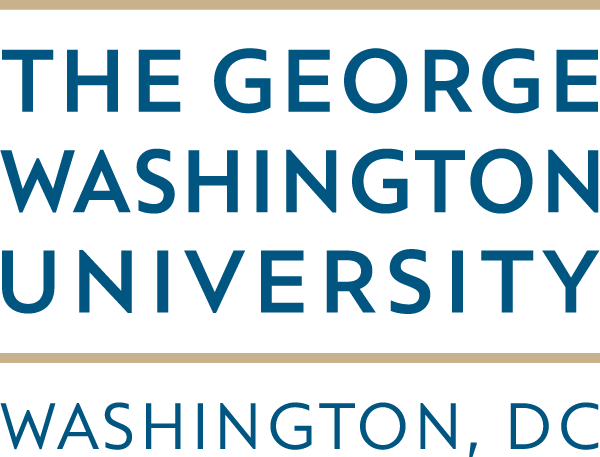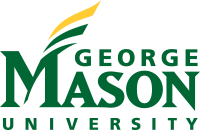How do inclusive STEM high schools work?

A major goal of the study was to create a logic model or theory of action that illustrated the workings of these eight exemplars and to explain how they functioned to achieve their successes in STEM, especially for students in underrepresented groups.
The evidence-based logic model depicts how, over four years of high school, these schools provided students structured opportunities for students to learn rigorous STEM content and process knowledge as they acquired familiarity and ease with STEM fields in their communities and the world of work. The schools provided students with choices and supports that helped them gradually develop “agency,” or a self-conscious capacity to act productively, over time. Research mentorships and experiences outside of school increased the depth and breadth of STEM knowledge through students’ direct experiences, and all members of the learning community could benefit from an enhanced understanding of STEM within the school and its applications outside of school.
The logic model is organized into 1) School critical components including school structure, what students learn, how students learn, and the school’s social dimension and purpose, 2) Impacts during high school for all students, grouped by what students know, what students can do, and who students become, and 3) End-of-high-school outcomes for graduation and beyond.




